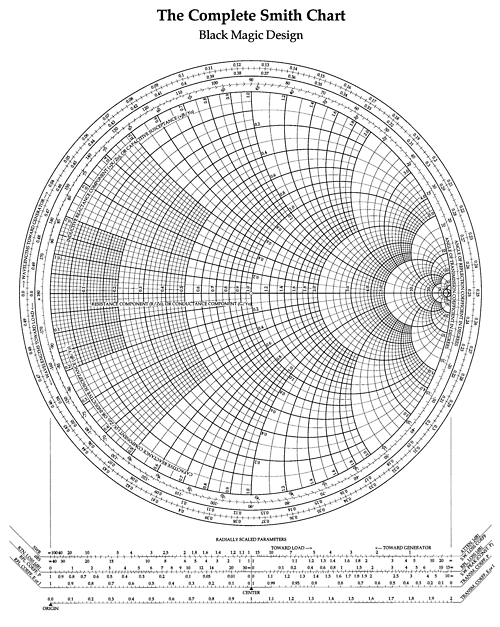July 16, 2012 permalink
Random Numbers Through a Quantum Vacuum

Your random number generator not truly random enough for you? Maybe you should try some of the numbers coming off of the Australian National University’s quantum vacuum randomization server. Nothing like minute variations in a field of near-silence to get some unfettered randomness, I guess. They offer access to the vacuum through a few different forms of data – seen above is a chunk of their randomly-colored pixel stream. Science!
(Via Science Daily)
